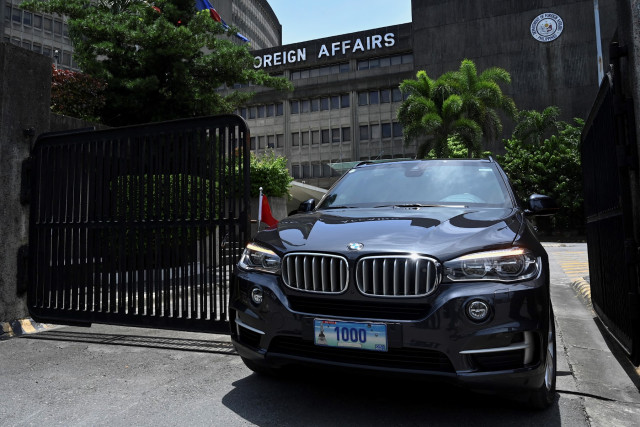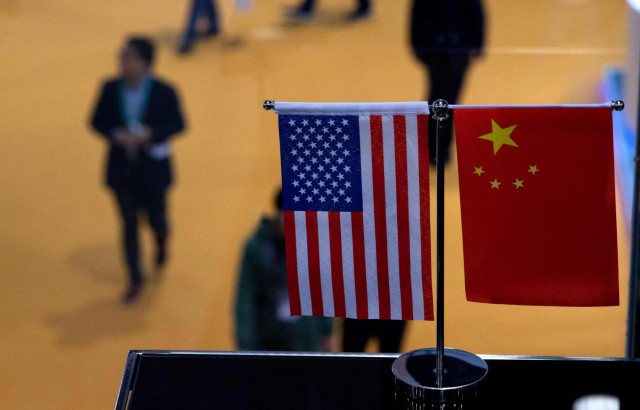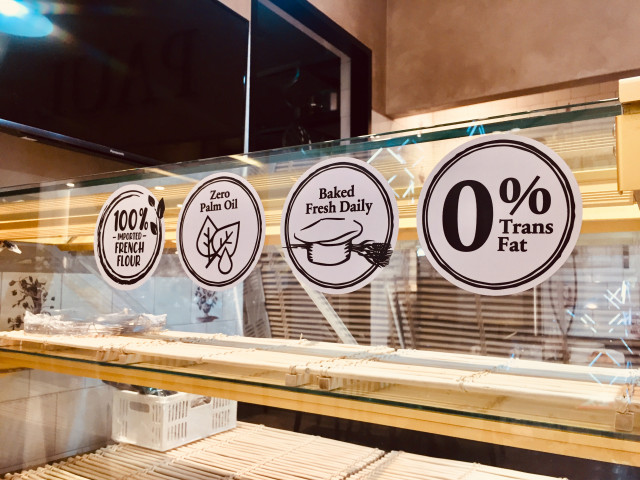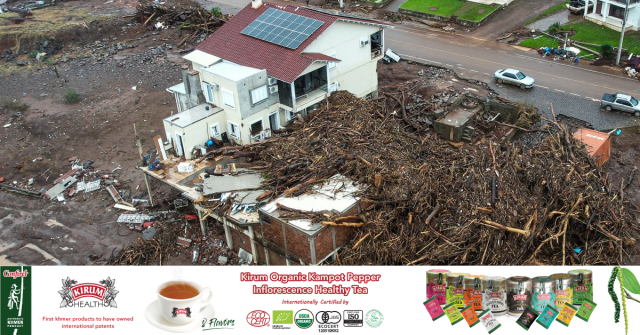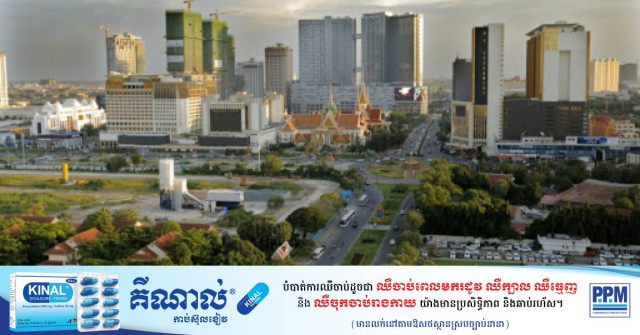Modernizing Without Breaking Everything
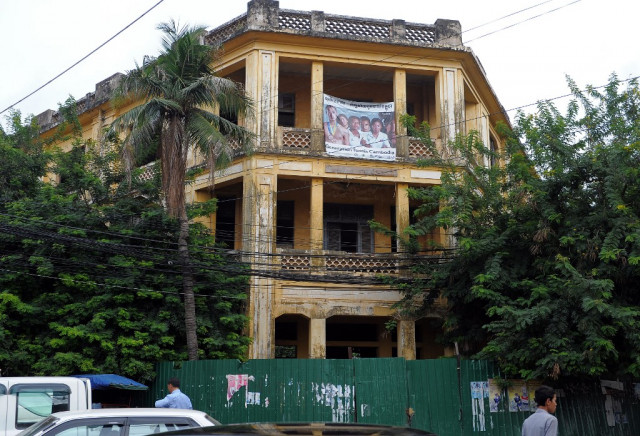
- Lim Tola
- May 25, 2019 5:06 AM
Day after day, perimeter after perimeter, Phnom Penh transforms itself. The city, which was the peaceful “Pearl of Asia” at the turn of the 19th century, is bristling with high-rises and evolves in sync with cranes and concrete pumps.
Construction sites absorb ponds one after the other to put up residential towers, smash and crush old villas and dilapidated Chinese-compartment buildings to replace them with present-day structures.
At that feverish pace, if one does not watch out the whole Phnom Penh of before the war will be, within a decade, completely gone just as the development of Koh Pich has erased all traces of market gardening on the island.
Will the architectural works of Vann Molyvann, the builder of Phnom Penh after independence in the 1950s and 1960s, subsist?
Let’s hope so. Apart from their functionality and formal beauty, they teach us an important lesson: That one can modernize a city without renouncing its past and that one can modernize Phnom Penh without erasing its Khmer heritage. This is how with concrete Vann Molyvann reinterpreted Khmer traditional architecture to carry it into the future and keep it alive in people’s memory.
On Street 178, a few steps from the Royal Palace and the National Museum of Cambodia, across the street from the Royal University of Fine Arts, the construction site of the Hyatt Regency is bustling, plans being for the 14-story hotel to open with 250 high-end rooms next year.
There previously was, on this same parcel of land, a stylish villa painted yellow and white dating from the French Protectorate era. Proudly standing in the middle of a park under centuries-old trees, it was in itself a page of history.
When it was announced that construction was starting on the site, numerous fatalists were resigned to see the villa disappear. But they were wrong.
In the middle of the U-shape site, the villa still stands. Surrounded by scaffolding and sporting a new roof, it is being restored. It will not be as it was, but it will add a dash of soul to the hotel and make it this way part of Phnom Penh history.
The confluence of the Four Rivers puts Phnom Penh in a unique natural setting. But its uniqueness is also linked to its history written over time in its streets and avenues where stand, here and there, buildings and structures that are emblematic of specific eras.
Developers may say “Let’s keep one or two and that will be enough.”
One must reply: Without hindering the city’s modernization, let’s keep as many as possible because they embody the promise that Phnom Penh shall always be Phnom Penh.








